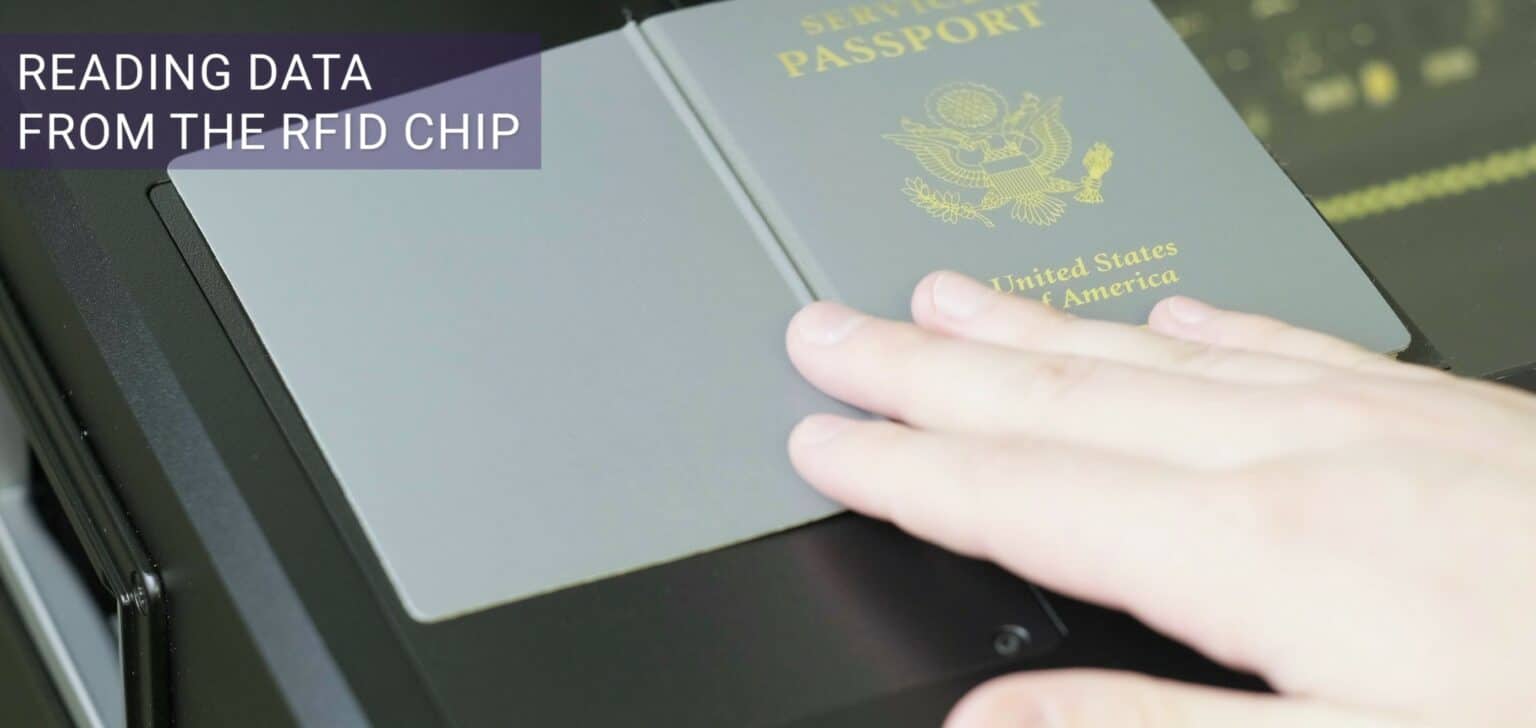SJA Exclusive: Addressing border control challenges


Victoria Rees
Share this content
Arif Mamedov, President and CEO at Regula USA explores solutions to the challenges that officers at borders face.
The events of the past few years have resulted in the current challenges we are facing. Whether it be the easing of pandemic restrictions or the geopolitical situation driving up migration flows, border control points are presented with a much heavier workload.
In summer 2022, an Indonesian immigration officer discovered a man using a fraudulent Mexican passport. Despite the man’s inability to speak Spanish and the obvious signs of alteration on the passport, he had managed to pass through immigration four times previously. A forensic examination confirmed the passport to be fake. This begs the question: how do counterfeiters continue to evade detection by border security? Is there any way to prevent them from doing so?
Challenge 1: handling increased passenger traffic
The recovery of international air travel demand and the willingness of people to take international trips in 2022 have resulted in an expected increase in passenger load at border control points. This increase in traffic can be seen in various reports, such as the International Air Transport Association (IATA), European Travel Commission and IMG Travel Outlook Survey. As of April 2022, only European carriers’ international traffic rose 480% versus the previous year.
As a consequence, security staff may be facing longer lines at passport control posts and an increased workload in order to ensure that all the necessary checks are conducted for each passenger.
Challenge 2: detecting sophisticated forged IDs
In today’s world of digital documents, passports remain largely composed of paper. Even those with polycarbonate bio pages have covers, as well as pages filled with visa and entry/exit stamps, all held together with thread. Passport producers are doing their utmost to make forgery almost impossible by using dull paper that does not fluoresce, holograms and intricate background designs of fine lines.
However, due to the accessibility of high-quality printing and graphics software, counterfeiters have to take more advanced measures. As a result, it has become increasingly difficult for the average border control officer to distinguish real from fake.
Challenge 3: shortage of border officers
The recent immigration surge and the lifting of pandemic travel restrictions have highlighted an issue that has long been lingering: the understaffing of border forces. Many countries, such as the UK, US and Australia are noting a dramatic rise in workloads.
Hiring more personnel to address this would help, yet it is not a simple solution, as there can be no shortcuts when it comes to training new officers to quickly fill the vacancies. Furthermore, as the secure documents used become more complex, with an increasing array of optical features, there is the need for specialized equipment and knowledge. This, in turn, increases the cost of training for border control staff and the need for more forensic experts.
The Central Laboratory concept
Usually, a border control officer inspects a passport and if anything appears unusual, they have to call a senior officer and present the document. The senior officer then makes a decision and the document may need to be further examined by forensic experts, which can be challenging for smaller regional checkpoints.
To ensure effective document inspection, we provide border controls with solutions to manage two stages of verification – the first-line and the secondary inspection stages – with the help of document readers supplied with Regula SDK: an automated passport scanner 70x4M series, a desktop standalone Regula 4205D document authenticity device and Regula 8880 – a high-resolution photospectral scanner.
While in many countries the front-line document verification is quite robust and dedicated to the most speed/security efficient process, the secondary inspection allows for more in-depth document authentication.
The officers can scan the documents in question using an automated passport scanner with automated authentication software, or in-depth analysis using Regula 4205D, to inspect it in more detail. If a case requires a forensics document examiner to be involved, then Regula 8880 is used to scan and send images of suspicious documents to the Central Laboratory. This helps to streamline the border security process.
Simplify the process with technologies
The Regula 8880 features a 187 MP camera with 3401 ppi resolution, providing a level of detail far beyond standard print quality (300 ppi). This is supplemented by RFID data, which allows for remote forensic analysis to determine if a document is authentic or counterfeit. This also facilitates collaboration between experts, similar to the consultation of specialists in the medical field. Furthermore, this technology allows knowledge and expertise to be shared among border control networks, allowing for cost optimization and optimized distribution of resources at checkpoints.
Capitalize on experience
The Regula IRS can help experts locate images of documents with corresponding security features and descriptions, but you can also build your own library with the 8880’s flagship optics. This will be useful for effectively collecting, managing and reusing information. By adding fake documents, such as passports, to your database, you can alert control officers at every checkpoint, who can then recognize and neutralize similar documents they may come across. This is especially beneficial when dealing with forgery use cases particular to the country or region where you operate. It’s important to mention that adding new document templates to a custom database requires the use of the Document Builder, an additional reference system module.
Fraudsters are constantly trying to exploit vulnerable spots. Border control posts with remote locations, limited personnel or high populations are particularly vulnerable and require extra support to guarantee their security. To ensure national security, these posts must be provided with access to the latest technology and resources.


